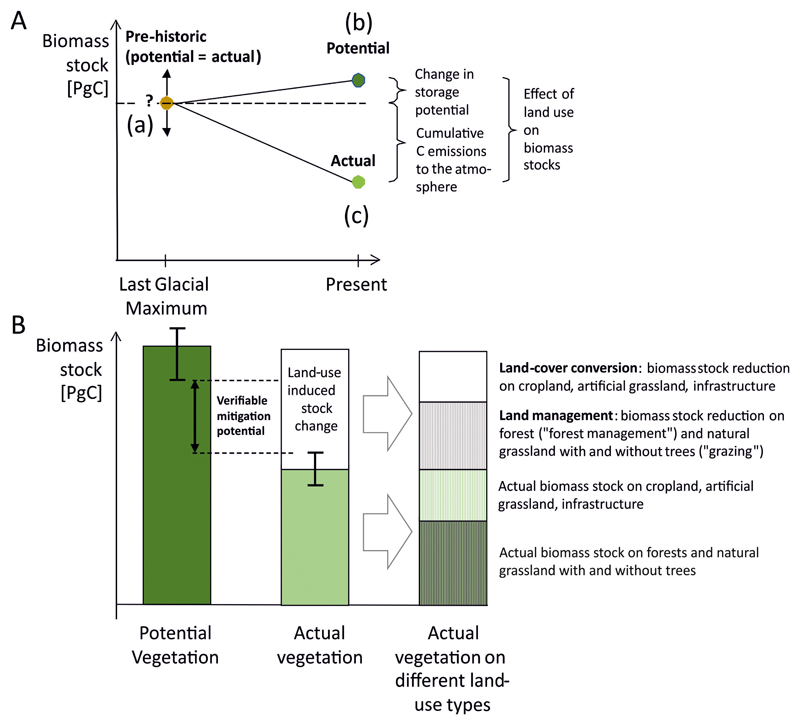Extended Data Figure 2. Conceptual and methodological design of the study.
A The relation of prehistoric (a), potential (b) and actual (c) biomass stocks. Potential vegetation refers to the vegetation that would prevail in the absence of land use but with current environmental conditions. As both actual and potential vegetation refer to the same environmental conditions, their difference must not be interpreted as a stock change between two points in time. In consequence, the comparison of potential and actual biomass stocks does not refer to the cumulative net balance of all fluxes from and to the biomass compartment (e.g. induced by land use and environmental changes). Rather, it isolates and quantifies the effect of land use on biomass stocks. The effect of land use is comprised of two components, i.e. cumulative land-use emissions and land-use induced reductions in carbon sequestration that would result from environmental changes. For more information and discussion, see Supporting Information. B. Conceptual attribution of the difference between potential and actual biomass stocks to land conversion and land management. Error bars reflect the divergence among datasets for the respective vegetation types and indicate the determination of verification volumes.

